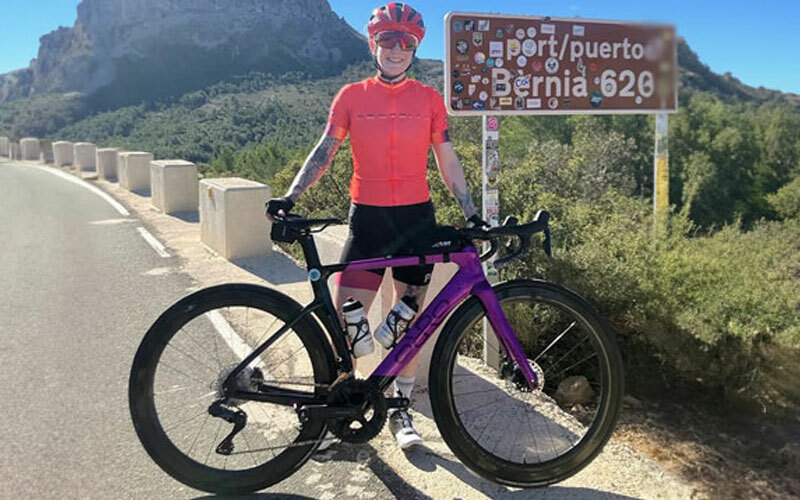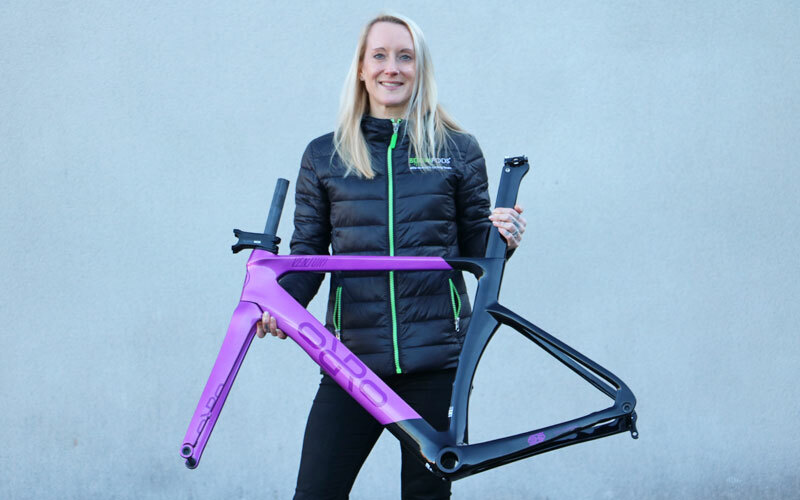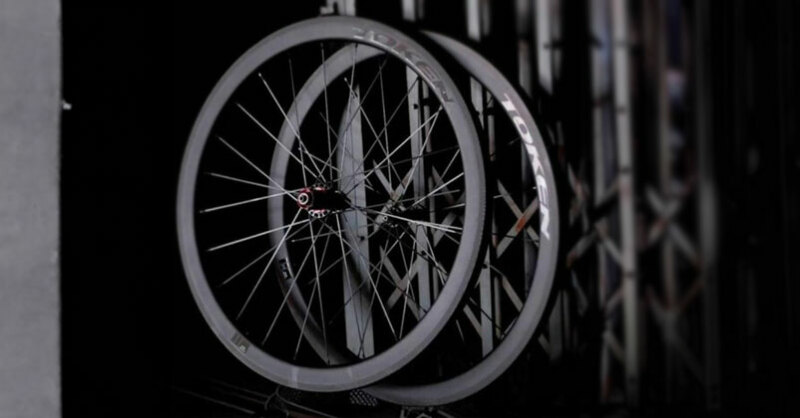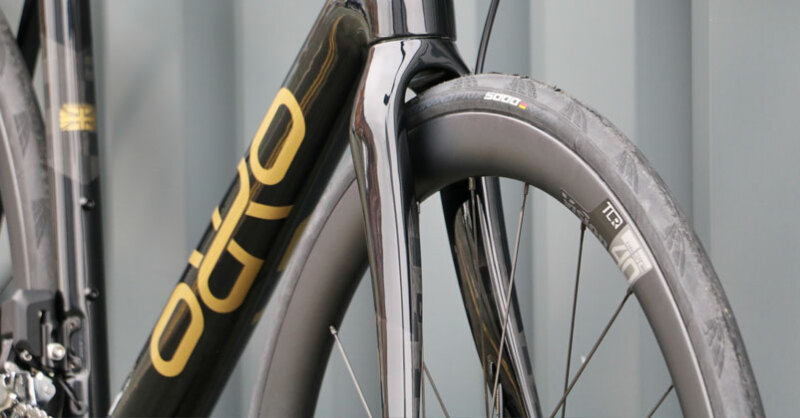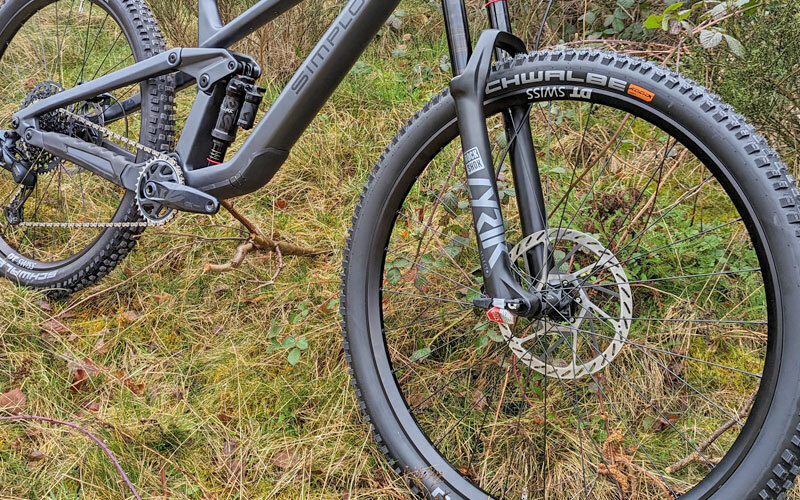Road Bike Tyres Guide
Tyres for road bikes all look similar in shape and colour, so how do you pick a good one? Road bike tyres are, after all, very important. They provide your tiny point of contact with the road and play a critical role in keeping you upright and rolling along happily. Upgrading your ‘stock standard’ road bike’s tyres can transform the handling and performance characteristics of your bike. New tyres with greater air volume, lower rolling resistance, more grip or lighter weight can have a very noticeable affect.
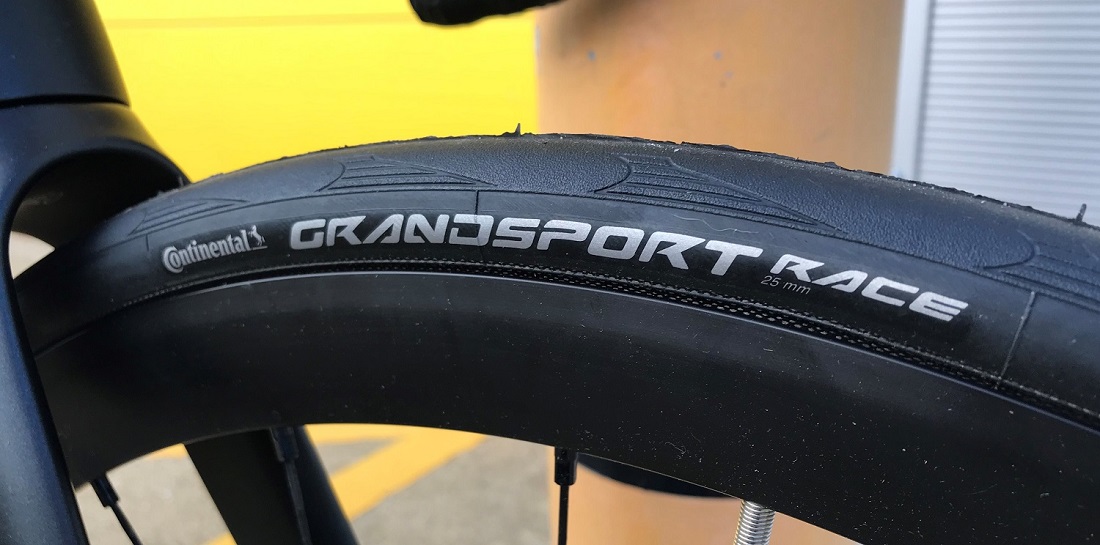
Different Types of Road Bike Tyre
Clincher tyres are the most popular type of road bike tyre, they feature an open casing and an inner tube fits inside to hold the air. The tyre bead hooks into the rim and an inner tube seals the air inside. Clinchers are popular because they are easy to repair in the event of a puncture, either repair or replace the inner tube. Clincher tyres are manufactured to target different types of riders, and the attributes they typically look for in their type of tyre; high performance, puncture resistant, excellent grip, longevity.
Tubeless tyres are becoming more popular. On the face of it, they look just like clinchers with the same open casing, however the bead is tougher and provides a tighter fit to seal to the inside of the tubeless specific rim. This seal means that tubeless tyres run without inner tubes. Tubeless tyres require tubeless ready rims, rim tapes, valves and sealant. The sealant can seal small punctures which would require a repair with non-tubeless tyres.
Tubular tyres are still used for the ultimate performance on race wheels. These tyres feature a closed casing with the inner tube sewn inside. Tubular tyres are stuck to the rim using special glue or tape. Tubular wheel rims feature a u shape seat for the tyre on the rim, without the side walls and bead hooks needed for clinchers and tubeless, this makes the rims lighter. However, fixing punctures and either repairing or fitting tyres is much more time consuming and tricky, requiring a lot of skill and patience.
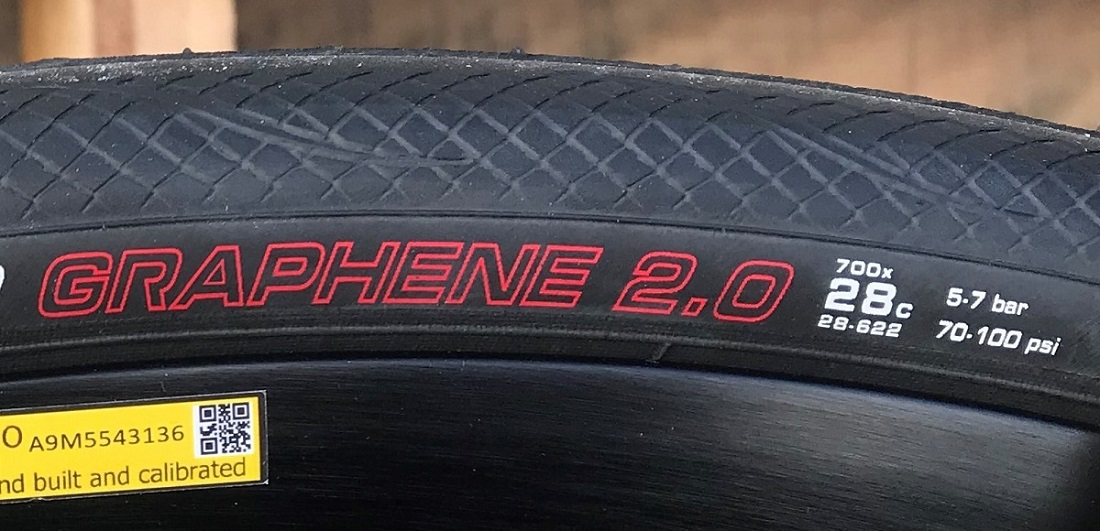
Different Parts of a Road Bike Tyre
Clinchers and tubeless tyres feature mostly similar component parts;
Tread
The top section of the tyre is the tread. This is the bit that gets all the attention, it is made from a rubber compound, usually with added additives to improve puncture resistance, grip or even add colour. Road tyres tend to not have deep tread patterns to allow more rubber to be in contact with the road surface.
Sub Tread
The layer under the top tread is called the sub tread and can include a puncture protection layer of very tough material to stop sharp objects cutting through.
Casing
Tyre casing features a TPI (Threads Per Inch) count. Generally the higher the thread count, the better the quality of the tyre.
Sidewall
The sidewalls are the side of the tyre which usually displays information about the tyre such as size and recommended tyre pressure. This part of the tyre is not designed to make contact with the road.
Bead
The bead makes the secure connection between the tyre and the rim. The bead can be made of steel wires or lighter folding Kevlar material. The bead on tubeless tyres is usually more solid and harder to fold, it is designed tougher to make the airtight seal onto the tubeless rim.
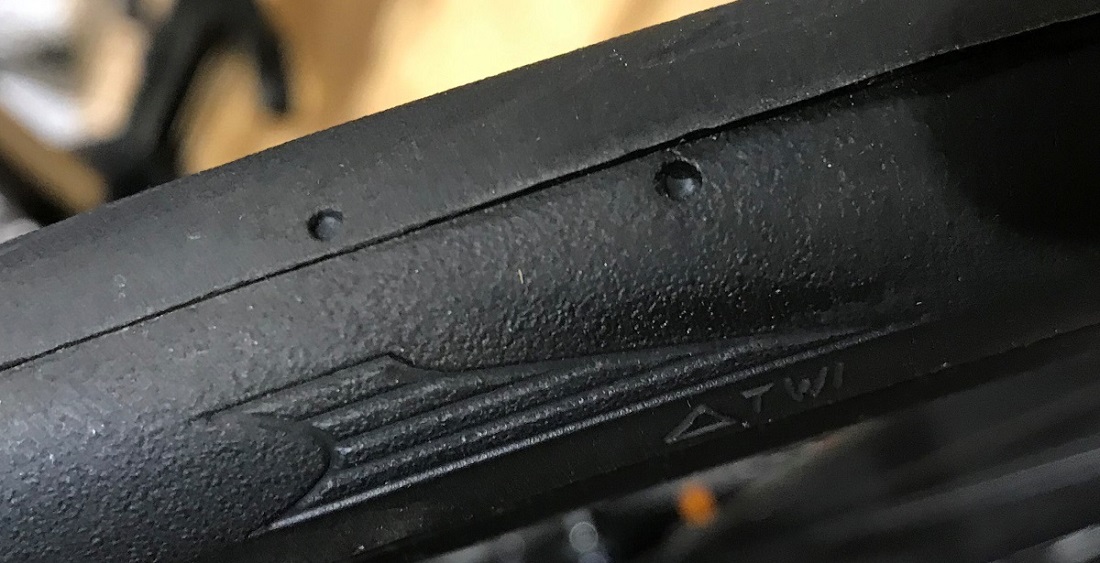
Nitty Gritty on Tyres
Width
Tyre width on road bikes has generally increased in recent years. Wider tyres provide a larger cussion of air and can offer a more comfortable ride. This is particularly useful as road bike framesets and wheels have become stiffer, and don’t have much comfort built in. Wider tyres at slightly lower pressure can make a harsh ride into a plush one. The limiting factor on tyre width is the frameset clearances at the fork and rear stays / (rim brake) calipers. Also check maximum recommended tyre width for wheel rims.
Pressure
The sidewall of the tyre has recommended pressures marked on, make sure your tyres stay within the recommended pressure to ensure the best performance from your tyres. (Best performance in terms of rolling resistance, longevity and puncture resistance).
Rolling Resistance
Rolling resistance is one of the forces which bike riders have to overcome to move forwards. Tyres with lower rolling resistance make it easier to ride. At the sharp end of performance, different tyres out-perform others, in rolling resistance tests.

.JPG)
